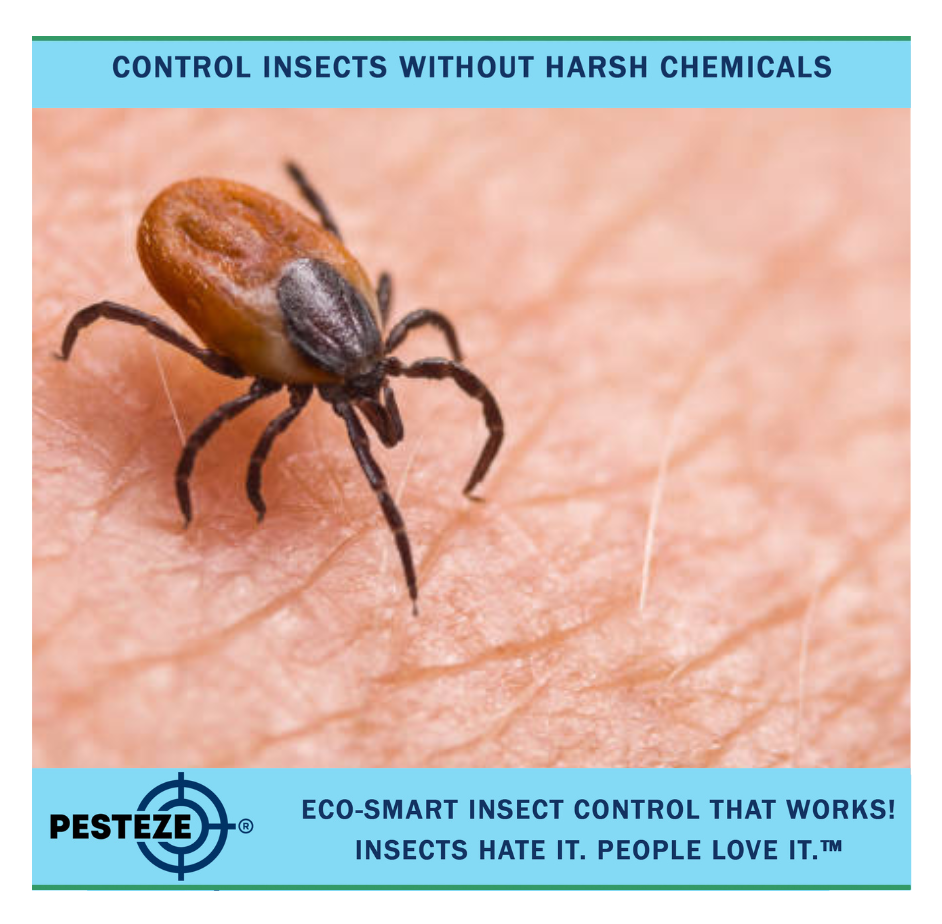HOW TO DETER TICKS FROM LAWNS

HOW TO DETER TICKS FROM LAWNS
SUMMARY
Ticks in lawns pose risks to both humans and pets. Effective lawn maintenance, such as mowing regularly and removing debris, reduces tick habitats. Adding barriers and natural deterrents keeps these pests away. Adopt integrated pest management strategies to maintain a tick-free lawn.
FEATURES
- Regular Mowing: Short grass limits tick hiding spots.
- Remove Yard Clutter: Clear leaves and debris to reduce habitats.
- Mulch Barriers: Create tick-free zones around play or seating areas.
- Tick Repellant Plants: Include lavender or rosemary in landscaping.
- Chemical Treatments: Use tick control sprays responsibly.
- Pet Protection: Regularly check pets to reduce spread.
DESCRIPTION
Ticks pose a significant health risk to humans and pets, but proactive yard management can drastically reduce their presence. A well-maintained lawn is the first line of defense. By keeping your grass trimmed, you eliminate the tall, shaded areas ticks prefer for hiding. Removing yard debris, such as fallen leaves, woodpiles, and overgrown brush, further limits their nesting opportunities.
To create a physical barrier against ticks, consider adding mulch or gravel borders around high-traffic areas like patios, play zones, or garden beds. These materials are less hospitable to ticks, reducing their ability to migrate into key parts of your yard. Complementing this approach, tick-repellent plants like lavender, rosemary, or marigold can be integrated into your landscaping. These plants not only deter ticks but also enhance your yard's aesthetic appeal with their vibrant colors and pleasant scents.
For severe infestations, chemical treatments can be used cautiously. Focus on areas where ticks are most likely to gather, such as the edges of wooded areas or shaded corners of the yard. Always follow safety guidelines to minimize the impact on beneficial insects and other wildlife.
Pets are another potential vector for ticks, so regular inspections and preventive treatments are crucial. Check your pets thoroughly after they spend time outdoors, particularly around the ears, neck, and underbelly. Using veterinarian-recommended tick prevention products will further reduce the risk of ticks entering your home.
By combining these strategies—regular lawn care, natural barriers, repellent plants, and responsible chemical use—you can create a safe and tick-free outdoor environment. These measures not only protect your family and pets but also contribute to the overall health and beauty of your yard.
- Maanas Mehta


Comments 0